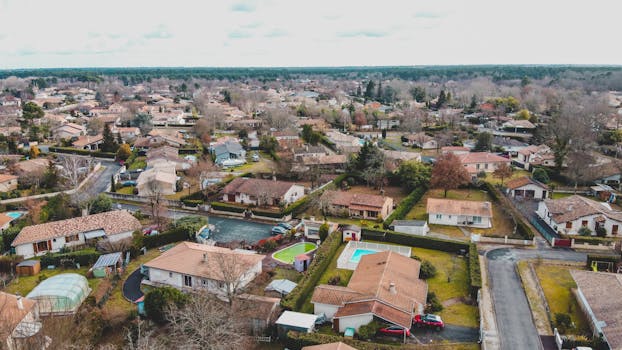
Urban Green Spaces: The Future of Outdoor Living in European Cities by 2025
Urban Green Spaces are becoming increasingly important in European cities, and by 2025, they will be a vital component of urban planning. These spaces provide numerous benefits for residents, including improved air quality, reduced noise pollution, and enhanced mental health. In this article, we will explore the concept of urban green spaces, their benefits, and how they will shape the future of outdoor living in European cities.
What are Urban Green Spaces?
Urban green spaces refer to areas in cities that are designed to provide a natural environment, such as parks, gardens, green roofs, and green walls. These spaces can be public or private and are typically designed to provide a range of benefits, including recreational spaces, habitat creation, and climate regulation.
Benefits of Urban Green Spaces
Urban green spaces provide numerous benefits for residents and the environment. Some of the key benefits include:
- Improved air quality: Urban green spaces can help to remove pollutants from the air, improving the overall air quality in cities.
- Reduced noise pollution: Green spaces can act as a barrier to reduce noise pollution, creating a more peaceful environment for residents.
- Enhanced mental health: Spending time in nature has been shown to have a positive impact on mental health, reducing stress and anxiety.
- Increased biodiversity: Urban green spaces can provide habitat for a range of plant and animal species, helping to increase biodiversity in cities.
- Climate regulation: Green spaces can help to regulate the urban microclimate, reducing the urban heat island effect and mitigating the impacts of climate change.
Future of Urban Green Spaces in European Cities
By 2025, urban green spaces will play a crucial role in shaping the urban landscape in European cities. As cities continue to grow and develop, there will be an increasing need for green spaces that provide a range of benefits for residents and the environment. Some of the key trends that will shape the future of urban green spaces include:
- Sustainable design: Urban green spaces will be designed with sustainability in mind, incorporating features such as rainwater harvesting, greywater reuse, and renewable energy systems.
- Community engagement: Green spaces will be designed to engage with local communities, providing opportunities for recreation, education, and social interaction.
- Innovative technologies: Urban green spaces will incorporate innovative technologies, such as green roofs, green walls, and urban agriculture systems, to provide a range of benefits for residents and the environment.
Case Studies: Urban Green Spaces in European Cities
There are many examples of urban green spaces in European cities that are providing a range of benefits for residents and the environment. Some case studies include:
- Barcelona’s Superblocks program, which has created a network of car-free streets and green spaces throughout the city.
- Copenhagen’s green roof initiative, which has resulted in over 60% of the city’s roofs being covered in greenery.
- London’s Urban Forest, which aims to increase the city’s tree cover by 10% by 2025.
Conclusion
Urban Green Spaces are transforming the future of outdoor living in European cities, providing numerous benefits for residents and the environment. By 2025, these spaces will play a crucial role in shaping the urban landscape, incorporating sustainable design, community engagement, and innovative technologies. As cities continue to grow and develop, it is essential that urban green spaces are prioritized, providing a range of benefits for residents and the environment.





